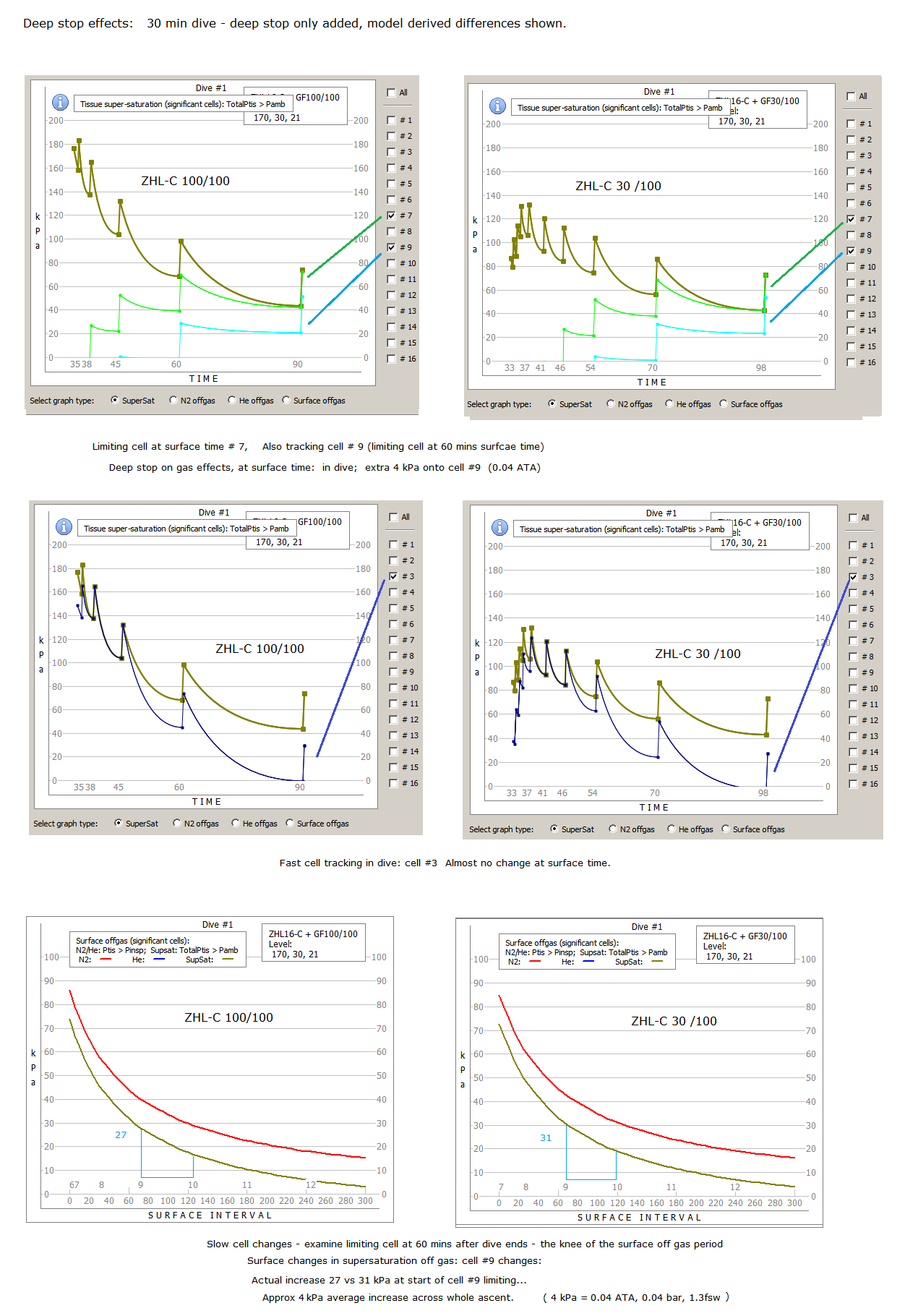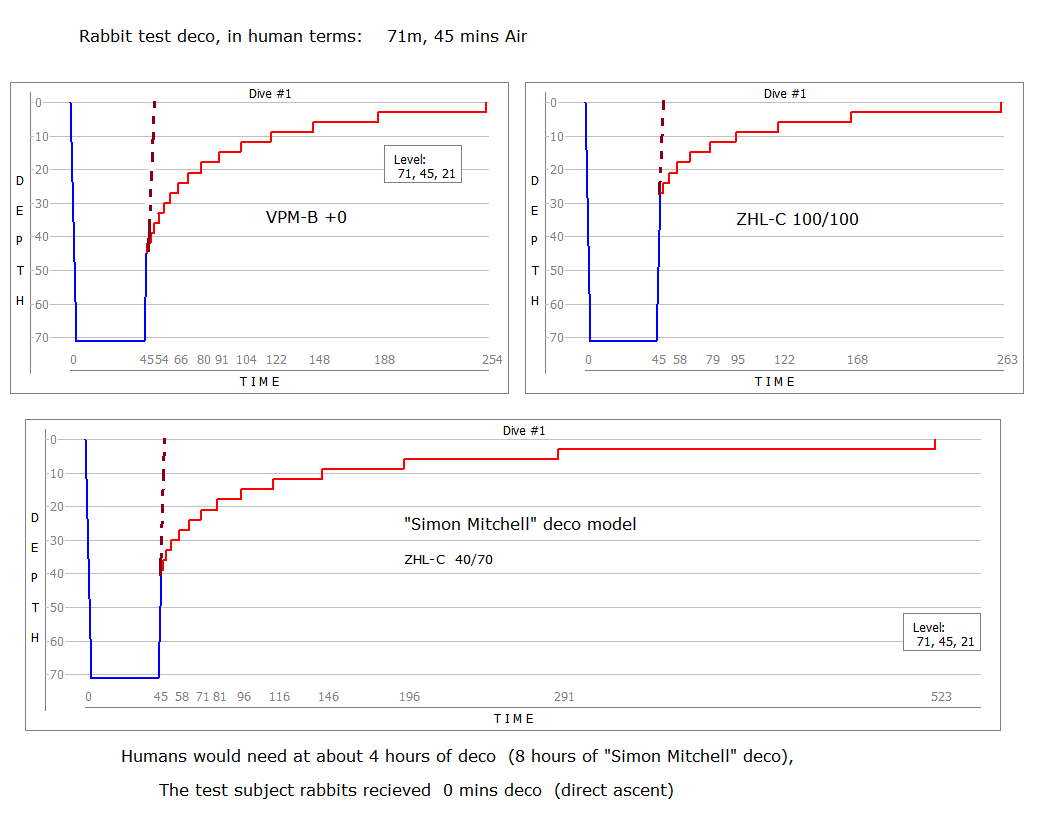I hope this does not become yet another attempt, to do an end run around the peer review process, and play voodoo scary hyperbole games with VGE on the public That would be a disgraceful abuse of privileged.
.
You have tried this “peer-review” angle a few times lately. Do you really want to go down that path Ross?
Peer-review is the scientific convention whereby new pieces are added to the body of scientific knowledge only after passing a filter of independent subject matter experts who determine the work is technically sound and the interpretation of the results is valid. As has been pointed out already, no such convention exists for internet forums. A feature of internet forums is that anybody can post with a voice of authority, even if they have no true subject matter expertise – a feature you take full advantage of Ross. This fact alone makes it laughable that you should call for such a filter for people with opinions contrary to your own. Furthermore, two of the targets of your call for peer review, Simon and I, whose opinions concerning VGE are similar, are careful to base our opinions on peer-reviewed science.
But, if you really want to appeal to peer-review, here are the references of my three peer-reviewed publications concerning the uses (and limitations) of VGE measurements as an indicator of the probability of DCS:
Møllerløkken A, Blogg SL, Doolette DJ, Nishi RY, Pollock NW. Consensus guidelines for the use of ultrasound for diving research. Diving Hyperb Med. 2016 Mar;46(1):26-32.
Doolette DJ. Venous gas emboli detected by two-dimensional echocardiography are an imperfect surrogate endpoint for decompression sickness. Diving Hyperb Med. 2016 Mar;46(1):4-10.
Doolette DJ, Gault KA, Gutvik CR. Sample size requirement for comparison of decompression outcomes using ultrasonically detected venous gas emboli (VGE): power calculations using Monte Carlo resampling from real data. Diving Hyperb Med. 2014 Mar;44(1):14-9.
These are long and technical reports, but their peer-reviewed conclusions can be distilled as follows:
“Ross, you message concerning VGE is wrong.”
For those who want a longer version, I have copied the abstracts below and I would direct you to my post #973
http://www.scubaboard.com/community/threads/deep-stops-increases-dcs.497187/page-98 which is my summary of the scientific consensus on the utility of VGE.
Møllerløkken A, Blogg SL, Doolette DJ, Nishi RY, Pollock NW. Consensus guidelines for the use of ultrasound for diving research. Diving Hyperb Med. 2016 Mar;46(1):26-32.
The International Meeting on Ultrasound for Diving Research produced expert consensus recommendations for ultrasound detection of vascular gas bubbles and the analysis, interpretation and reporting of such data. Recommendations for standardization of techniques to allow comparison between studies included bubble monitoring site selection, frequency and duration of monitoring, and use of the Spencer, Kisman-Masurel or Eftedal-Brubakk scales. Recommendations for reporting of results included description of subject posture and provocation manoeuvres during monitoring, reporting of untransformed data and the appropriate use of statistics. These guidelines are available from
www.dhmjournal.com.
Doolette DJ. Venous gas emboli detected by two-dimensional echocardiography are an imperfect surrogate endpoint for decompression sickness. Diving Hyperb Med. 2016 Mar;46(1):4-10.
INTRODUCTION: In studies of decompression procedures, ultrasonically detected venous gas emboli (VGE) are commonly used as a surrogate endpoint for decompression sickness (DCS). However, VGE have not been rigorously validated as a surrogate endpoint for DCS.
METHODS: A data set for validation of VGE as a surrogate endpoint for DCS was retrospectively assembled comprising maximum VGE grades measured using two-dimensional echocardiography and DCS outcome following 868 laboratory man-dives. Dives were conducted according to only ten different experimental interventions such that the ten cumulative incidences of DCS (0-22%) provide relatively precise point estimates of the probability of DCS, P(DCS). Logistic models relating the P(DCS) to VGE grade and intervention were fitted to these validation data. Assessment of the models was used to evaluate the Prentice criteria for validating a surrogate endpoint.
RESULTS: The P(DCS) increased with increasing VGE grade. However, the difference in the P(DCS) between interventions was larger than explained by differences in VGE grades. Therefore, VGE grades did not largely capture the intervention effect on the true endpoint (DCS) in accord with the Prentice definition of a surrogate endpoint.
CONCLUSIONS: VGE can be used for comparisons of decompression procedures in samples of subjects but must be interpreted cautiously. A significant difference in VGE grade probably indicates a difference in the P(DCS). However, failure to find a significant difference in VGE grades does not necessarily indicate no difference in P(DCS).
Doolette DJ, Gault KA, Gutvik CR. Sample size requirement for comparison of decompression outcomes using ultrasonically detected venous gas emboli (VGE): power calculations using Monte Carlo resampling from real data. Diving Hyperb Med. 2014 Mar;44(1):14-9.
INTRODUCTION: In studies of decompression procedures, ultrasonically detected venous gas emboli (VGE) are commonly used as a surrogate outcome if decompression sickness (DCS) is unlikely to be observed. There is substantial variability in observed VGE grades, and studies should be designed with sufficient power to detect an important effect.
METHODS: Data for estimating sample size requirements for studies using VGE as an outcome is provided by a comparison of two decompression schedules that found corresponding differences in DCS incidence (3/192 [DCS/dives] vs. 10/198) and median maximum VGE grade (2 vs. 3, P < 0.0001, Wilcoxon test). Sixty-two subjects dived each schedule at least once, accounting for 183 and 180 man-dives on each schedule. From these data, the frequency with which 10,000 randomly resampled, paired samples of maximum VGE grade were significantly different (paired Wilcoxon test, one-sided P ⋜ 0.05 or 0.025) in the same direction as the VGE grades of the full data set were counted (estimated power). Resampling was also used to estimate power of a Bayesian method that ranks two samples based on DCS risks estimated from the VGE grades.
RESULTS: Paired sample sizes of 50 subjects yielded about 80% power, but the power dropped to less than 50% with fewer than 30 subjects.
CONCLUSIONS: Comparisons of VGE grades that fail to find a difference between paired sample sizes of 30 or fewer must be interpreted cautiously. Studies can be considered well powered if the sample size is 50 even if only a one-grade difference in median VGE grade is of interest.







